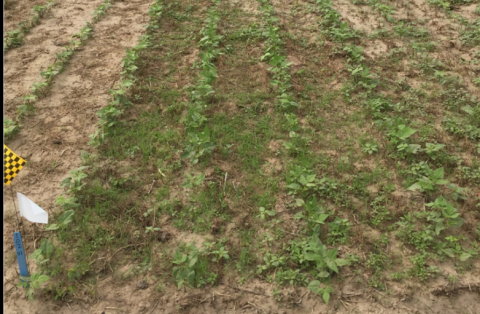Dry Edible Bean Day Set for Feb. 12 at Gering
January 29, 2019
Featured at this event are an address by the Nebraska Director of Agriculture, presentations by dry bean processors, and updates from university researchers and the Nebraska Dry Bean Commission.
The Importance of Early Season Weed Control
January 9, 2019
Do early season weeds have the same impact as later season flushes? Researchers here report on a 2018 study conducted in dry bean to compare how soon after planting crop yield was impacted by weed presence.
NDA Specialty Crop Grant Proposals Due Jan. 31
January 11, 2019
This grant program supports the research, development, and marketing of specialty crops, including dry beans, fruits, vegetables, nuts, honey and some turf and ornamental crops
Specialty Crops Disease Update
January 10, 2019
The occurrence and distribution of plant pathogens are long known to be strongly influenced by the environment. We see evidence of this concept every season on specialty crops in western Nebraska, and 2018 was no exception.
2018 Dry Edible Bean Variety Trial Results
January 10, 2019
The dry bean report includes a description of the 2018 variety trials and 10 tables that list yield, moisture, test weight, and other data for each variety within the market classes.
New Dry Bean Variety, Panhandle Pride, Available for 2019
January 10, 2019
Panhandle Pride’s genetics, including resistance to bean common rust and common bacterial blight, and its upright plant architecture and larger seed size are key attributes of the new variety. Two more dry bean lines are expected to be released in 2020.
UNL, NDA Receive Grants for Specialty Crop Research
November 5, 2018
Specialty crop research in Nebraska is getting a boost from almost $700,000 awarded by the U.S. Department of Agriculture to study hops, dry beans, and wine grapes; to monitor invasive pests; and to encourage healthy snacking in schools.
Cowpea Bacterial Wilt ― An Old Disease in a New Crop
October 9, 2018
As growers in western Nebraska look at new pulse crops to integrate into their rotations, a UNL plant pathologist works to identify possible disease threats. Cowpea (black-eyed pea) is being studied now.




